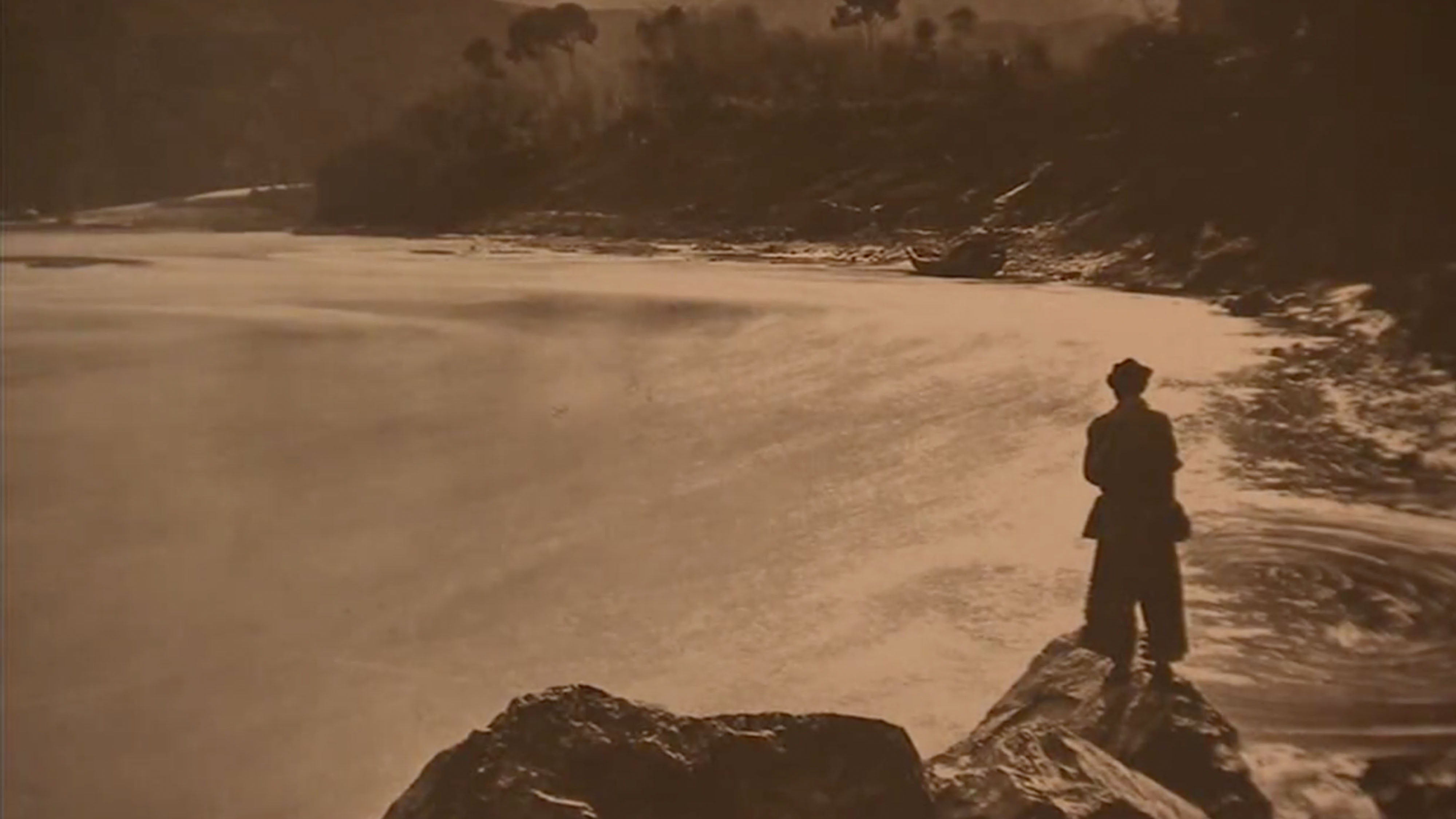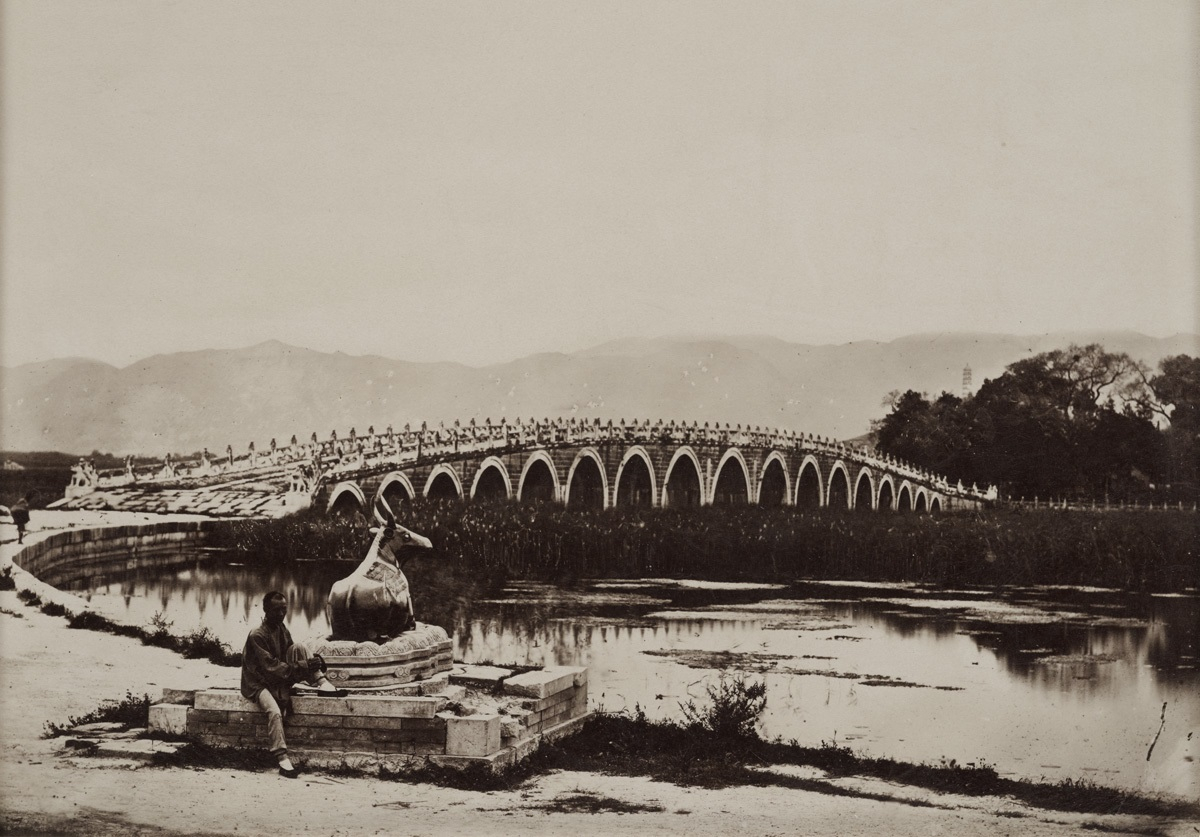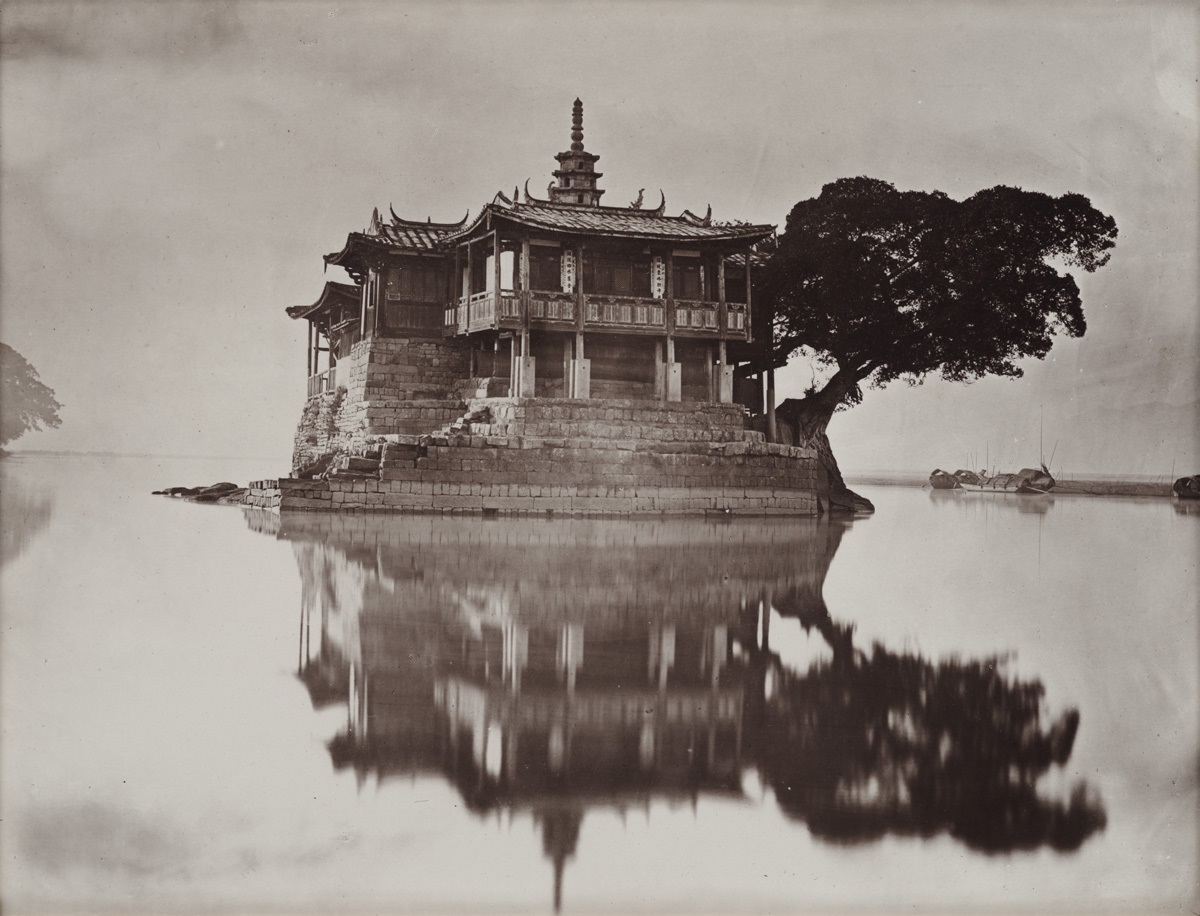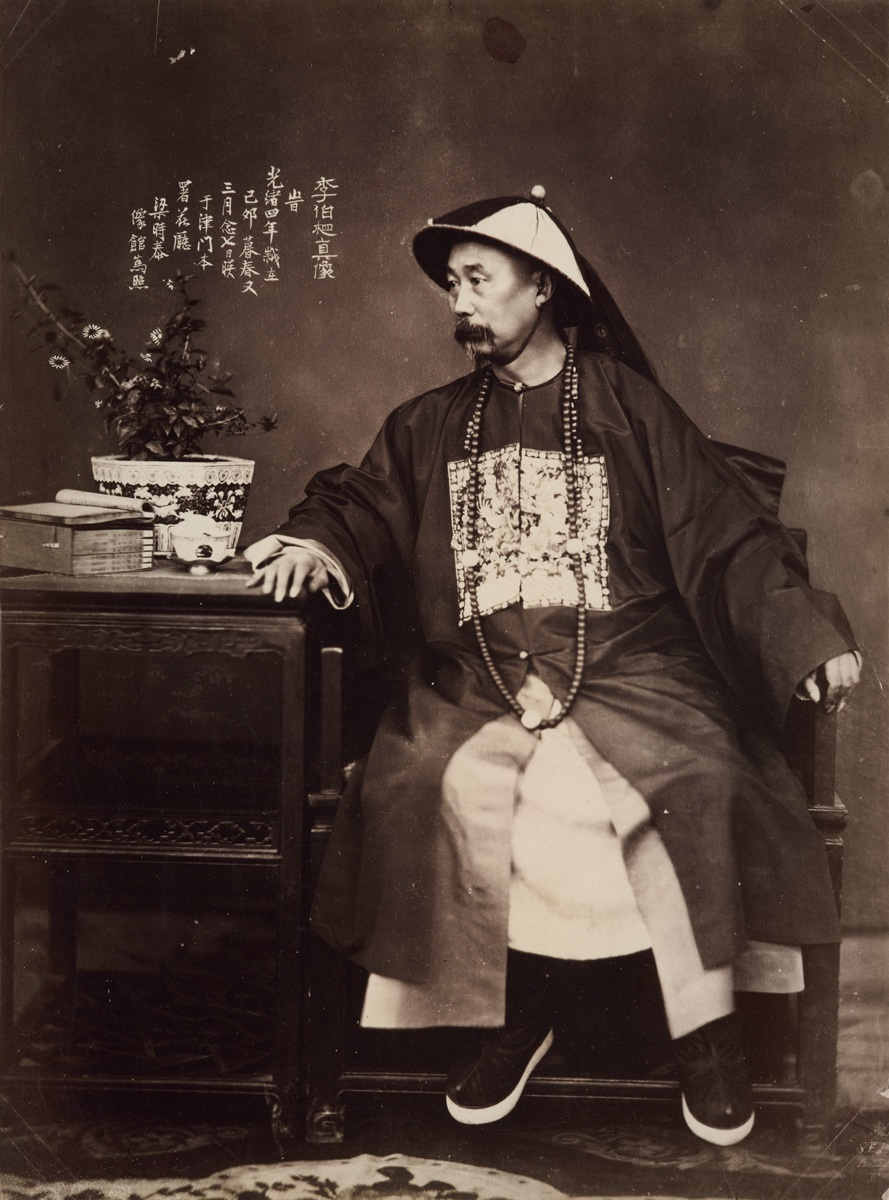
Culture
15:26, 29-Nov-2018
Rare photographs of 19th century China on display in Beijing
Updated
14:52, 02-Dec-2018
Shen Li
03:00

A rare selection of images showing parts of Chinese life in the 19th century is currently on display at the Beijing-based Tsinghua University Art Museum.
The 120 photographs offer a glimpse into the late Qing Dynasty (1636-1912).
Some of the earliest photographs of the streets of Beijing are shown alongside depictions of the Old Summer Palace and rural monasteries. There are also views of the Great Wall and the Minjiang River, and portraits of various figures in 19th-century China's diverse society, from politicians and generals to merchants, actors and students.

Great Wall with Gate in Badaling, Beijing, taken in the 1870s by Thomas Child. /Photo courtesy of the Loewentheil Collection
Great Wall with Gate in Badaling, Beijing, taken in the 1870s by Thomas Child. /Photo courtesy of the Loewentheil Collection
The photos "show a real intimacy...Sometimes it can be very difficult to look at 19th-century photographs and believe that they were real people in photographs but with those little pictures, they have a kind of quality of passing through time, where you really sense that you're in the presence of another person. I find that really moving," said Phillip Prodger to CGTN.
In mid-nineteenth century China, photography threatened the careers of portrait and trade painters in many port cities.

The Seventeen-Arch Bridge in Summer Palace, Beijing, taken in the 1870s by Thomas Child. /Photo courtesy of the Loewentheil Collection
The Seventeen-Arch Bridge in Summer Palace, Beijing, taken in the 1870s by Thomas Child. /Photo courtesy of the Loewentheil Collection
Consequently, Chinese artisans adapted to keep their livelihoods – becoming photographers themselves or taking up jobs as colorists for established photographers.
Many of the first photographers in China were from the West, and adapted their techniques for China.
"What fascinates me about that is that they were not photographing the way they would have photographed in London or New York or Berlin, they were photographing in a new way, and I think even those Western photographers were integrating some of the tradition of Chinese painting and Chinese pictorial representation in their photographs," Prodger added.

The Island Pagoda on Minjiang River, southeastern Fujian Province, taken in the 1870s by John Thomson. /Photo courtesy of the Loewentheil Collection
The Island Pagoda on Minjiang River, southeastern Fujian Province, taken in the 1870s by John Thomson. /Photo courtesy of the Loewentheil Collection
For visitors, the early photographs present a unique perspective on the country.
"Lots of really amazing old views, particularly old Beijing and old Hong Kong. It's really refreshing to see lots of ordinary people, it's nice to see Li Hongzhang and other officials but it's almost more exciting and rarer to see just ordinary people's portraits," one visitor said.

Chinese politician, general and diplomat of the late Qing dynasty Li Hongzhang's portrait. / Photo courtesy the Loewentheil Collection
Chinese politician, general and diplomat of the late Qing dynasty Li Hongzhang's portrait. / Photo courtesy the Loewentheil Collection
The Stephen Loewentheil collection of early photographs of China is the largest in private hands, with some 15,000 works by Chinese and international artists.
"Vision and Reflection" runs at the Tsinghua University Art Museum until March 31, 2019.

SITEMAP
Copyright © 2018 CGTN. Beijing ICP prepared NO.16065310-3
Copyright © 2018 CGTN. Beijing ICP prepared NO.16065310-3